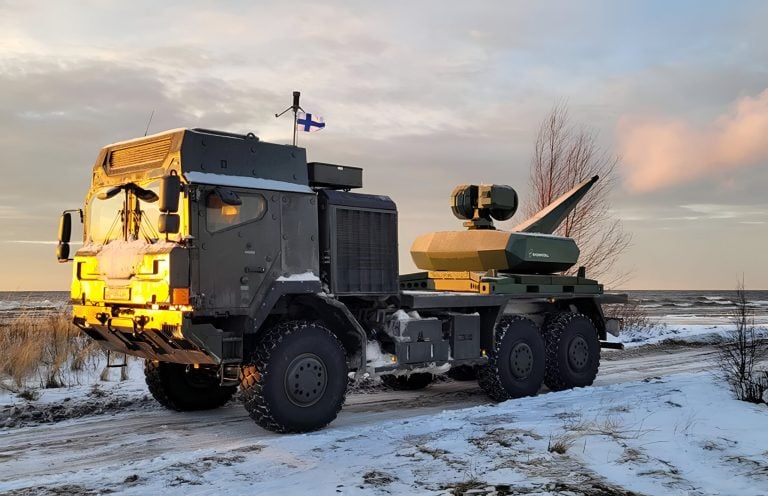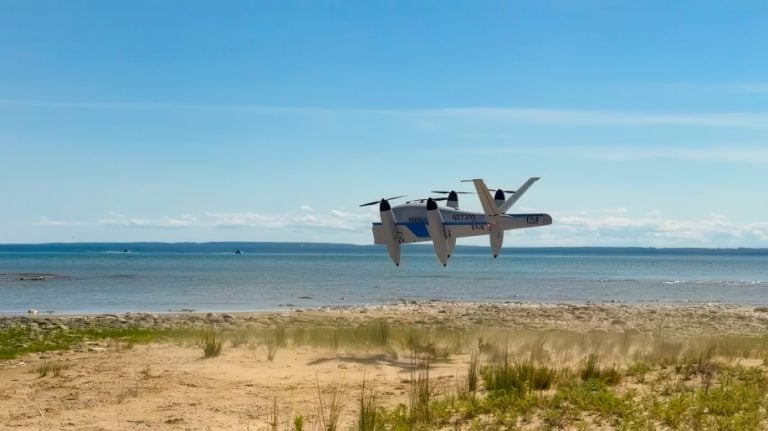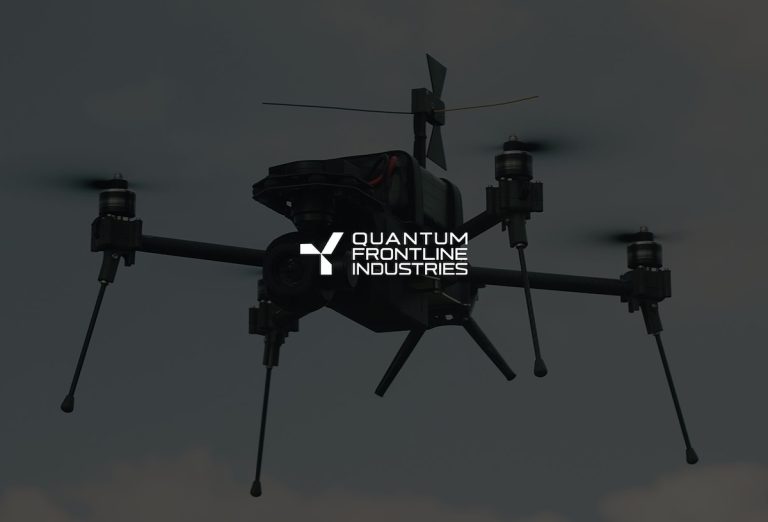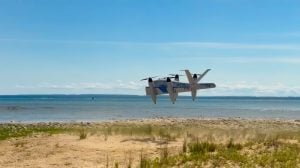Bombardier Defense has announced a significant contract for the delivery of two Challenger 650 business jets aimed at enhancing intelligence, surveillance, and reconnaissance (ISR) capabilities in Australia. The aircraft are set to be acquired by Principle Finance, a customized operating lease provider based in Queensland, and will be utilized by an undisclosed end user within the country.
The Challenger 650 jets were chosen for their exceptional short-field performance and proven reliability in the mid-sized jet category, as highlighted by Bombardier. These aircraft provide performance metrics comparable to larger maritime patrol aircraft and come with improved specifications that enhance their utility over older airborne ISR assets.
Principle Finance is expected to receive the two Challenger 650 aircraft in 2026. Harrison Langrell, Managing Director of Principle Finance, expressed enthusiasm about integrating the jets into their fleet, emphasizing that their exceptional operational capabilities will significantly bolster their surveillance reach and effectiveness. This, he noted, is crucial for maintaining a competitive edge in the rapidly changing defense environment.
This contract aligns with Bombardier’s broader strategy to strengthen its presence in Australia. The company has recently established a new office in Adelaide aimed at providing aerospace solutions to its defense clients in Australia and across the Asia-Pacific region. In May, Bombardier launched a line maintenance station in Perth, further enhancing its support operations throughout the region. Additionally, the company has announced plans to open another sustainment hub in Sydney later this year, expanding its maintenance and support capabilities.
The Challenger 650 aircraft itself boasts impressive specifications, measuring 21 meters (69 feet) in length with a wingspan of 20 meters (66 feet). It can accommodate up to 12 passengers and carry a payload capacity of 2,200 kilograms (4,850 pounds). The aircraft is powered by GE CF34-3B MTO engines, allowing it to operate at altitudes of up to 12,400 meters (40,682 feet) and offering a range of 7,400 kilometers (4,598 miles) at a cruising speed of Mach 0.8 (approximately 988 kilometers or 614 miles per hour).
This acquisition highlights the growing importance of advanced aerial platforms in enhancing national defense capabilities, particularly in the context of evolving strategic landscapes.



















